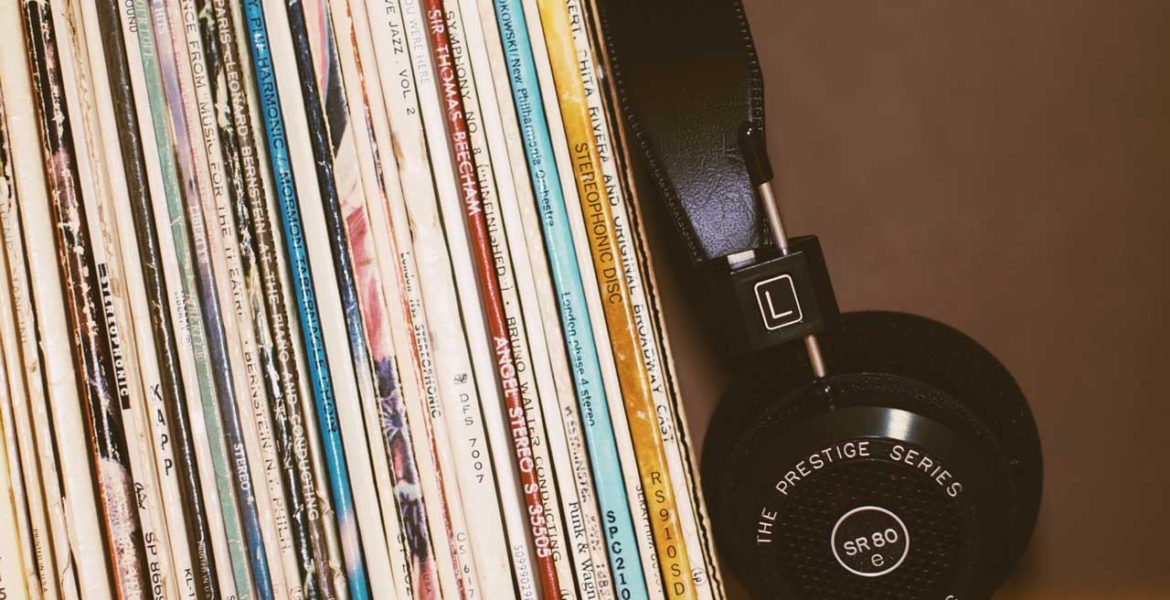Our home is suddenly serving as a multifunctional domain. From the office to daycare to pop-up restaurants, we’re making the most out of whatever square footage seemed fit for different times. The sharing of communal spaces has never been so precise, and our personal taste and decor has never been scrutinized and judged so harshly by our co-workers.
Remember cafes? Once a place to interact with other humans and the favorite office location for freelancers and remote workers alike because a change of scenery can help spark imagination and a quiet chatter in the background (around 40DB) can actually aid our concentration. Popping out to a cafe or public area to brainstorm seems like a forgotten luxury during these sequestered times. In close living quarters where bedrooms are booked for conference calls and public spaces operate as international waters, our personal space has been whittled down to a mere shell.
As we settle into this new normal, WFH environmental design has become an urgent consideration. If you’ve upgraded your home office or downloaded quirky backgrounds for the conference calls, you know what I mean. But there’s a powerful tool that we can tap into for enhanced creativity and performance.
So, what are you listening to?
Rhythm, frequency, and pitch
Troves of data speak to the science of sound and how it impacts our bodies. From basic evolutionary sounds that we’re still hardwired for, to audio skeuomorphism – audio is an environmental guide. As one of the few senses that is “always-on”, our ears are constantly assessing threat levels via rhythm, frequency, and pitch. Why do you think alarms and alerts are delivered via sound? Alarms are designed to get our attention through high pitch, high frequency, high volume noise. There’s a reason why so many guided meditations and spa soundtracks include waves lapping against the shore. The sound of water calms us because our brains still respond to it as an indication of safety and security.
We all know the potential for sound to affect our moods and environments, perhaps you’re aware of situations where sound is designed to increase spend (casinos), consumption (noisy bars and restaurants) or attract a certain clientele (shopping mall retailers). Modern, open-plan offices (remember those?) are notorious for carrying noise and being a live experiment in focus and attention. Hence the sea of noise-canceling headphones. However, it’s within these modern spaces that we find an abundance of breakout rooms and focus corners. It may be hard to crack the brief at your desk, sandwiched between co-workers, but you can find escape in the astroturfed play space of soft cushions for a quick huddle by the whiteboard.
Unfortunately, Zooming with your creative partner from a half-arsed pillow fort on the bed doesn’t provide the same inspiration.
Empowered through sound
So how can we work with the current limitations on space and shared surroundings to create an environment that is conducive to creativity? Before you sit down to tackle the next task on your to-do list, pay close attention to what you’re listening to and how you’re listening.
For focus, your noise-canceling headphones could be the breakout room that your home doesn’t have. Explore what sounds work best for your morning pick me ups and afternoon slumps. Are binaural beats the perfect soundtrack for writing, or do you get into the flow with EDM?
As we become accustomed to a new way of working within teams, consider how you use sound to punctuate your day and elevate your mood.
Co-listening in the home is another familiar behavior now adapting to new normal with increased hours spent together as a family in the kitchen and dining room. How and when are you using your connected home device? When it’s on, is the audio selected for the mood of everyone? If the family needs a little pick me up, what’s the go-to soundtrack? Music can play a pivotal role in how we get through this period and bring the whole household together as one.
We can’t control much right now, but you can dramatically change productivity and output with a conscious approach about how you design your day and the music within it. So, embrace these strange times in your headphones, and maybe start an impromptu dance-party in the kitchen to signal the end of the workday as the household transitions to evening.


Love this reflection on our relationship with musci